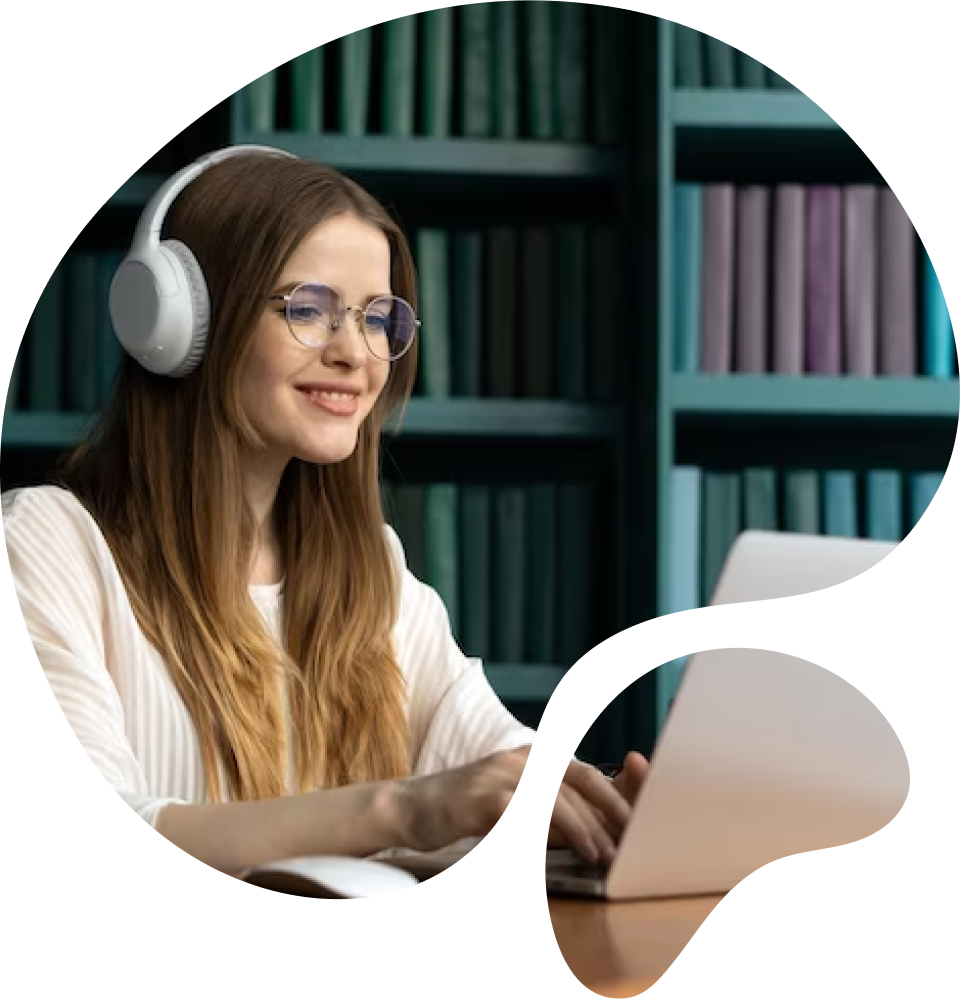
WHAT IS IELTS LISTENING?
IELTS Listening test assesses your English Language skills through your listening ability. It evaluates your comprehension of the main concepts, specific details, viewpoints, intentions, and demeanour of the speakers in addition to your ability to track the evolution of ideas. In IELTS Listening exam, different recordings will be played for you, and you will be asked different types of questions based on those recordings.
A variety of accents are used such as New Zealand, Canadian, British, American, and Australian. The recording is played only once, and you need to answer the questions while you are listening to the recording.


